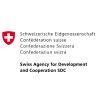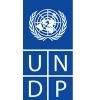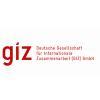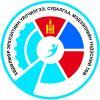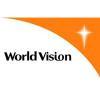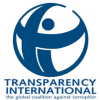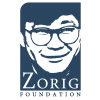According to Article 13.1 of the Criminal Code, “Trafficking in Persons”, the number of crimes registered with the police in the last 3 years is 131 victims in 38 cases, 35% of whom are minors aged 14-18. NGOs highlighted that all of these crimes were committed for the purpose of sexual exploitation, but the worst forms of child labor and labor exploitation are still committed but are not considered as trafficking in persons. Methods of child trafficking include language training abroad, mediation abroad scholarships and high paying jobs, and deportation to China for the purpose of animal husbandry, horse jockeys and circus performance (contortionists) across the Chinese border, prostitution, and forced labor such cases have been reported to the police. Also, the US State Department’s 2020 report stated that traffickers force some children to beg, steal, or work in other informal sectors of the economy, such as horseracing, herding and animal husbandry, scavenging in garbage dumpsites, and construction. The purpose of the study was to identify the current state of the national system to combat child trafficking in Mongolia and to develop recommendations for capacity building of government and civil society organizations (CSOs). In order to fulfill this purpose, the existing national system to combat child trafficking has been analyzed, using the 4P paradigm, which is widely used in international conventions and documents. The 4P paradigm includes:
- Prevention
- Victim protection
- Prosecution
- Partnership
In addition, parents, guardians, and children aged 14-17 who are able to express themselves freely were included in the survey to determine the public awareness and understanding towards TIP.
On April 2020, the United States and Mongolia signed Child Protection Compact Partnership (2020-2024) to combat all forms of child trafficking, especially in child sex trafficking and child forced labor in Mongolia. The main implementer of this four-year project is World Vision International, and The Asia Foundation has been selected as a co-implementer. Between April and November 2021, IRIM Research Institute was commissioned by the World Vision Mongolia to conduct a baseline study for the project. Within the framework of this baseline study, the following objectives were achieved. These include:
To identify the existing national system to combat child trafficking:
- Assess the existing system of the Government and CSOs, along with their capacity, to combat child trafficking
- Assess the current level of investigation and prosecution of child trafficking cases
- Map existing protection services available for victims of child trafficking
- Assess the perceptions and understandings of child trafficking among public
Measure the key indicators of the prevention and protection section of the CPC Project
- To determine the number of potential victims and at-risk minors identified by border monitoring
- To determine the number of potential victims and at-risk minors referred by border monitoring
- To determine the number of unique victims who received long term and short-term shelter service
- To determine the share of vulnerable HHS who are confident that they can access child protection services available without external support.
Related projects
-
Leveraging Science and Tradition in DRR in Mongolia III (LTS3), Final Evaluation
Client
International Organization for Migration
.png)

.png)
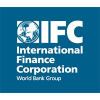
.png)
.png)
.jpg)


